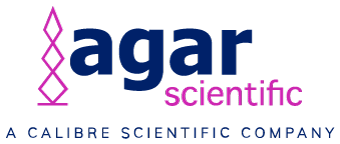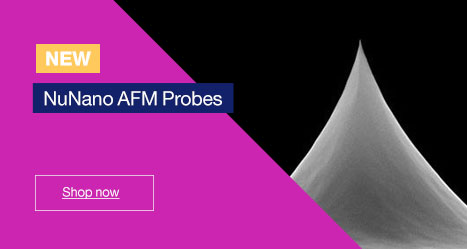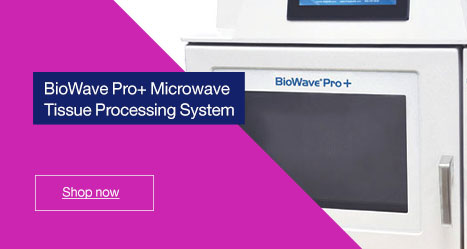The aim of this article is to offer definitions and an introduction to the basics methods of immunohistochemistry (or ‘IHC’) which are employed today (and have been used for decades). Continuing the ethos of the previous articles, this article sets out to explain the basics of the main techniques of IHC which should give you an understanding when (inevitably) things go wrong!
IHC can be defined as ‘a localisation of specific antigens in tissue by the use of markers such as fluorescent dyes or enzymes’. IHC isn’t necessarily the end-point, but part of the journey to achieving optimal images. Sample preparation is critical and there is no substitute for production of good tissue sections as a starting point and basis of great IHC and stunning images.
The three main methods of IHC are direct, indirect and enzymatic ‘sandwich’ techniques.
Direct IHC
Direct methods are generally one step and involve the use of directly labelled antibodies to detect antigens of interest within the tissue. Whilst these techniques are straightforward and less time-consuming, they are usually less sensitive and lack the ability to amplify weak signals. Due to this fact, it is not as widely used as other methods.
With direct IHC, your primary antibody is supplied already labelled. Whilst this has an initial advantage for direct IHC, it means that the antibody can’t be adapted should you wish to try it with another IHC method. The range of labelled primary antibodies for use in direct IHC is also comparatively limited.
Indirect IHC
The indirect method utilises an unlabelled primary antibody to detect the antigen of interest in the tissue. A secondary labelled antibody is then used to bind to the primary antibody. This method is useful as it amplifies relatively weak antigen signals in tissue as many secondary antibodies can bind to different antigenic sites of the primary antibody. There is also a greater choice of labelled secondary antibodies and these can obviously be used with many different primary antibodies (species-dependent).
Blocking
Two things to remember with indirect IHC: the first is obvious- use a secondary antibody which is raised against the species of the primary antibody. The second- always use a normal serum to ‘block’ endogenous sites which is of the same species as the secondary antibody you are using (ie- if the secondary is a rabbit-anti-mouse, then you should use normal rabbit serum). The use of the normal serum prevents any false positive results in your staining as it blocks any non-specific sites which your secondary antibody may bind to. The blocking step is usually carried out before applying the primary antibody. Furthermore, if you are using a horseradish peroxidase (HRP) you should be aware that many tissue types contain endogenous peroxide sites. To check if your tissue of interest contains these sites, simply incubate a fixed slide with the HRP substrate (3,3′-Diaminobenzidine, or ‘DAB’). To block against endogenous peroxide sites, sections should be incubated with a solution of hydrogen peroxide prior to the application of the primary antibody.
IHC Sandwiches
When I first started out in my career in histology and imaging, so-called ‘sandwich’ methods were extensively used. Although they have been replaced somewhat by polymer-based methods of IHC, they are still used (and useful) to the researcher today. These methods amplify the signal and detection of the primary antibody by using an enzymatic complex. The two main sandwich methods are ‘PAP’ (Peroxidase anti Peroxidase) and ‘APAAP’ (Alkaline Phosphatase anti Alkaline Phosphatase). In both of these methods, the secondary antibody acts as a link between the primary antibody and the enzymatic complex (hence the term ‘sandwich’). The PAP method uses an antibody-HRP complex and is a less flexible method than the APAAP method which utilises various alkaline phosphatase substrates (and therefore more colours than the HRP substrates). The amplification of these techniques involves ‘rounds’ of staining by adding more secondary linker antibody and enzyme-complex, but this has the tendency to also increase background.
Another of the sandwich methods of IHC which has developed over the years is the streptavidin/biotin method. Dating back to the early research of the 1970’s, this technique had become a common IHC tool and we’ll take an in-depth look at this method in the next article.
Author: Martin Wilson


